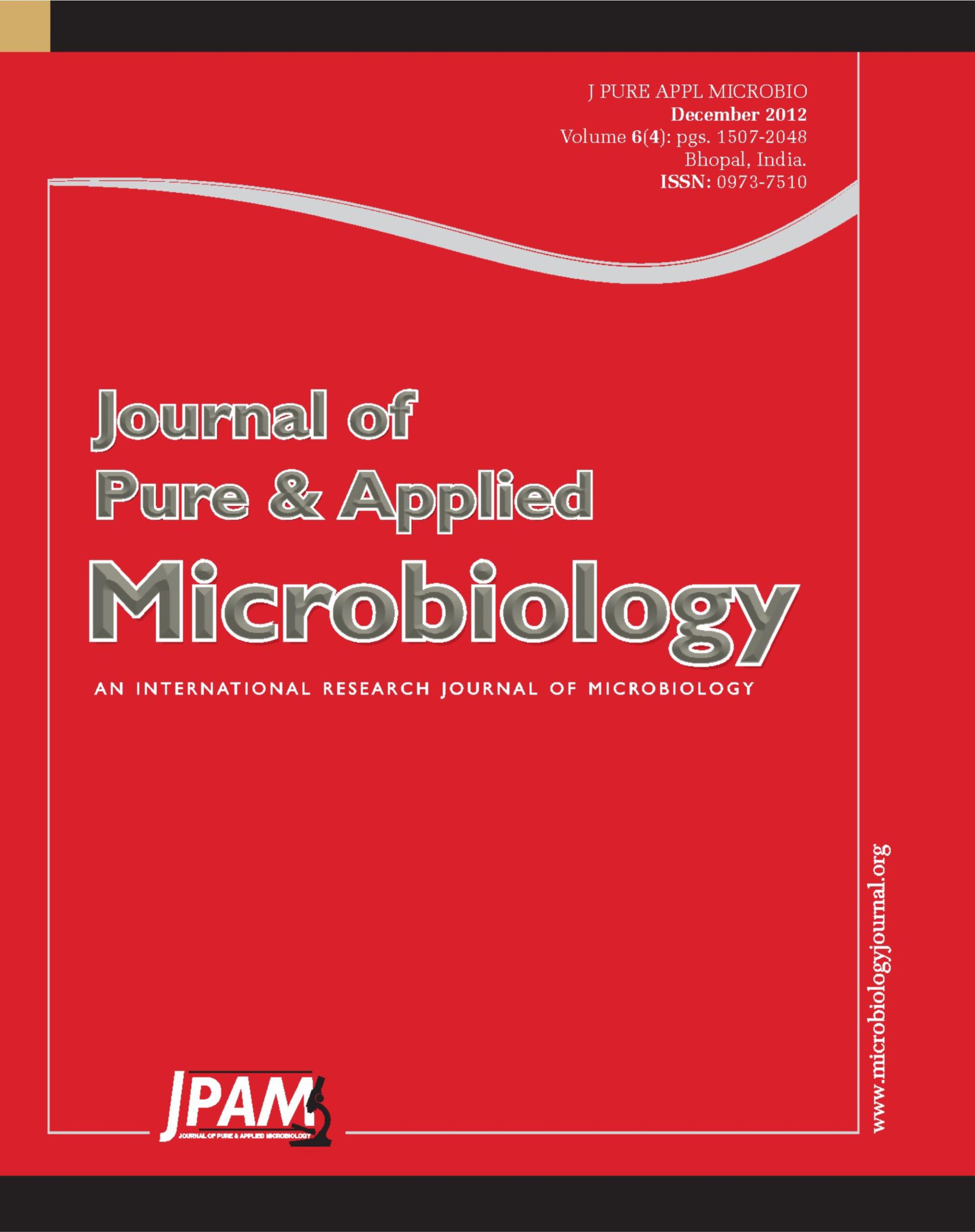The microbial decolorization was investigated for chromophores removal as an effective and potential method to be applied in textile industries. In this study, four different azo dyes and their mixture, C.I. Acid Blue 113 (AB-113), C.I. Basic Red 46 (BR-46), C.I. Direct Blue 151 (DB-151), C.I. Direct Brown 2 (DB-2), and mixture of four dyes (Mix) were subjected to biodegradation using Pseudomonas aeruginosa, and Pseudomonas putida at pH 7.2 and 30 °C. P. aeruginosa completely decolorized AB-113 at all initial dye concentrations, BR-46 at concentrations of 0.1 and 0.2 g/L and DB-2 at concentrations of 0.1, 0.2 and 0.5 g/L. P. putida completely decolorized AB-113 at concentrations of 0.1 and 0.2 g/L, DB-2 at concentrations of 0.1 and 0.2 g/L. Mixture of four dyes was also completely decolorized at concentrations of 0.1 g/L by P. putida. Decolorization processes followed first and second order kinetics with respect to dye concentration. The higher calculated rate constants of first and second order were observed at low dye concentrations.
Monoazo dyes, Diazo dyes, Pseudomonas aeruginosa, Pseudomonas putida, Decolorization, Kinetic model
© The Author(s) 2012. Open Access. This article is distributed under the terms of the Creative Commons Attribution 4.0 International License which permits unrestricted use, sharing, distribution, and reproduction in any medium, provided you give appropriate credit to the original author(s) and the source, provide a link to the Creative Commons license, and indicate if changes were made.


